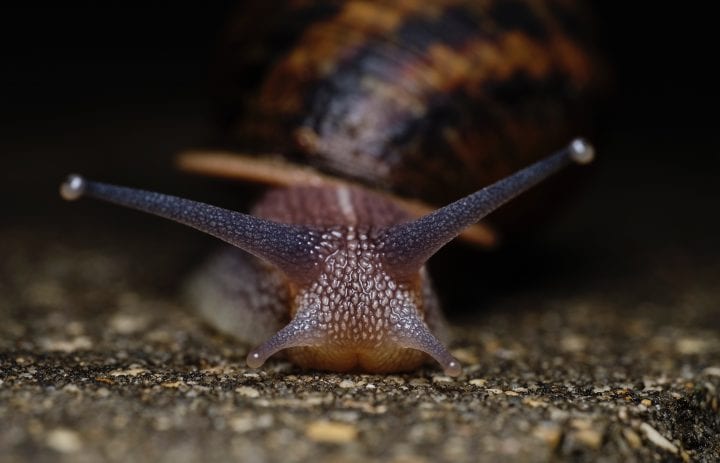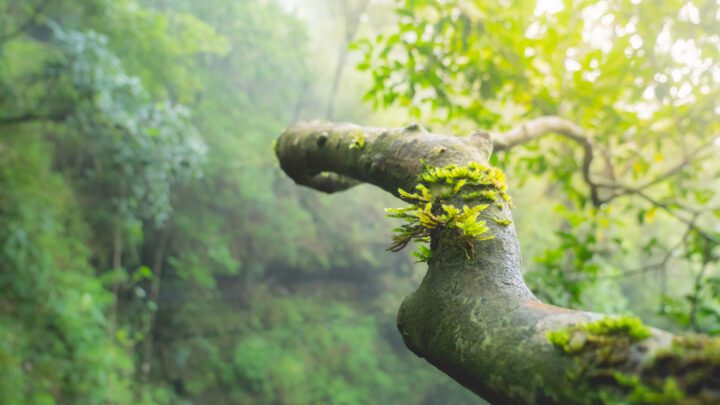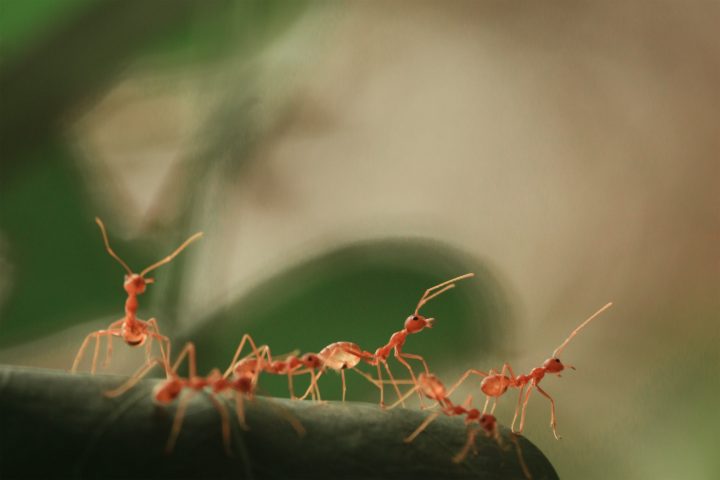Concrete material from University of Konstanz has an organized nanostructure that enables the material to bounce back to its original shape.
Benefits
- Stronger
- Resilient
- Stable
Applications
- Bridge and building design
UN Sustainable Development Goals Addressed
-

Goal 9: Industry Innovation & Infrastructure
-

Goal 12: Responsible Production & Consumption
The Challenge
Concrete is the second most consumed product on Earth besides water. Unfortunately, producing cement, an ingredient in concrete, has extreme environmental impacts that account for approximately 8 percent of annual global carbon emissions. Cutting down on carbon emissions from cement will involve investing in green cement technology and finding ways to build more efficiently with concrete. One major flaw with concrete as a construction material is its poor flexural strength, or lack of elasticity. This issue occurs because of the binder in concrete, calcium silicate hydrate (C-S-H); the random organization of C-S-H nanoplatelets limits the flexural strength of the material. When concrete is placed under stress, it is unable to move far without fracturing, and eventually, fractured concrete must be replaced.
Innovation Details
The elastic concrete material is made of C-S-H mesocrystals (a highly oriented assembly of numerous small crystals of similar shape and size) with highly aligned C-S-H nanoplatelets interspaced within a polymeric binder. The nanostructure has a ‘brick wall’ style architecture, in which the mesocrystals are the bricks and the polymeric binder is the grout. Due to this internal structure, during initial tests, a bent bar-shaped microstructure was able to return to its initial position without cracking or fracture. On a larger scale, this method could significantly reduce concrete fracturing in construction processes, improving the mechanical properties of future buildings.
Biomimicry Story
Sea urchins live at depths of the ocean that extend as low as 16,000 feet underwater. Pressure in this part of the ocean is very intense, but sea urchins can withstand such pressure, grow, and survive attempted attacks from predators without shell breakage. This biological wonder may be attributed to the organization of sea urchin spines. Each spine contains an array of calcite nanocrystals, forming mesocrystal structures. The highly oriented assembly of mesocrystals in the spine gives the material unique properties, such as incredible bending strength, making the shell durable and flexible.






